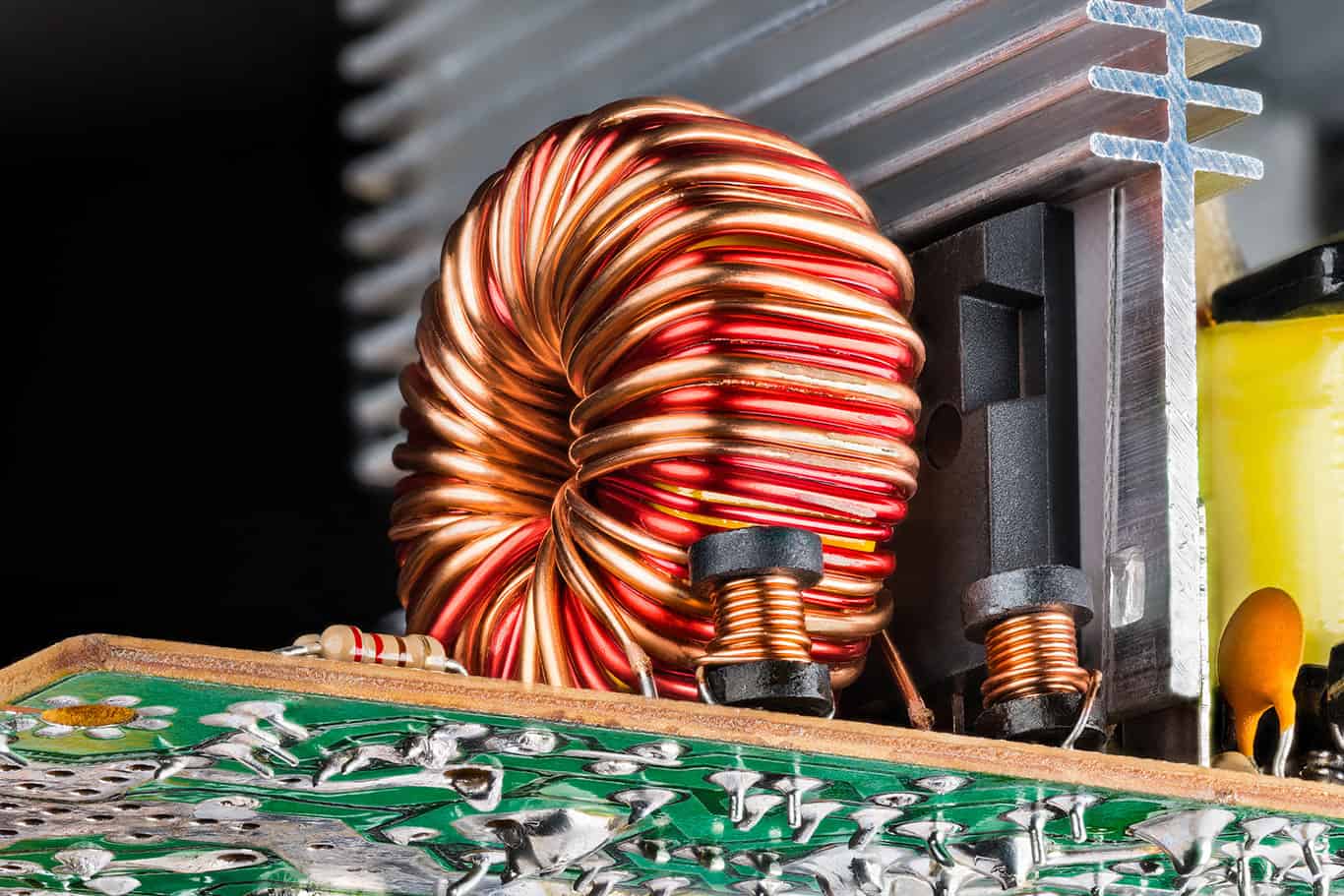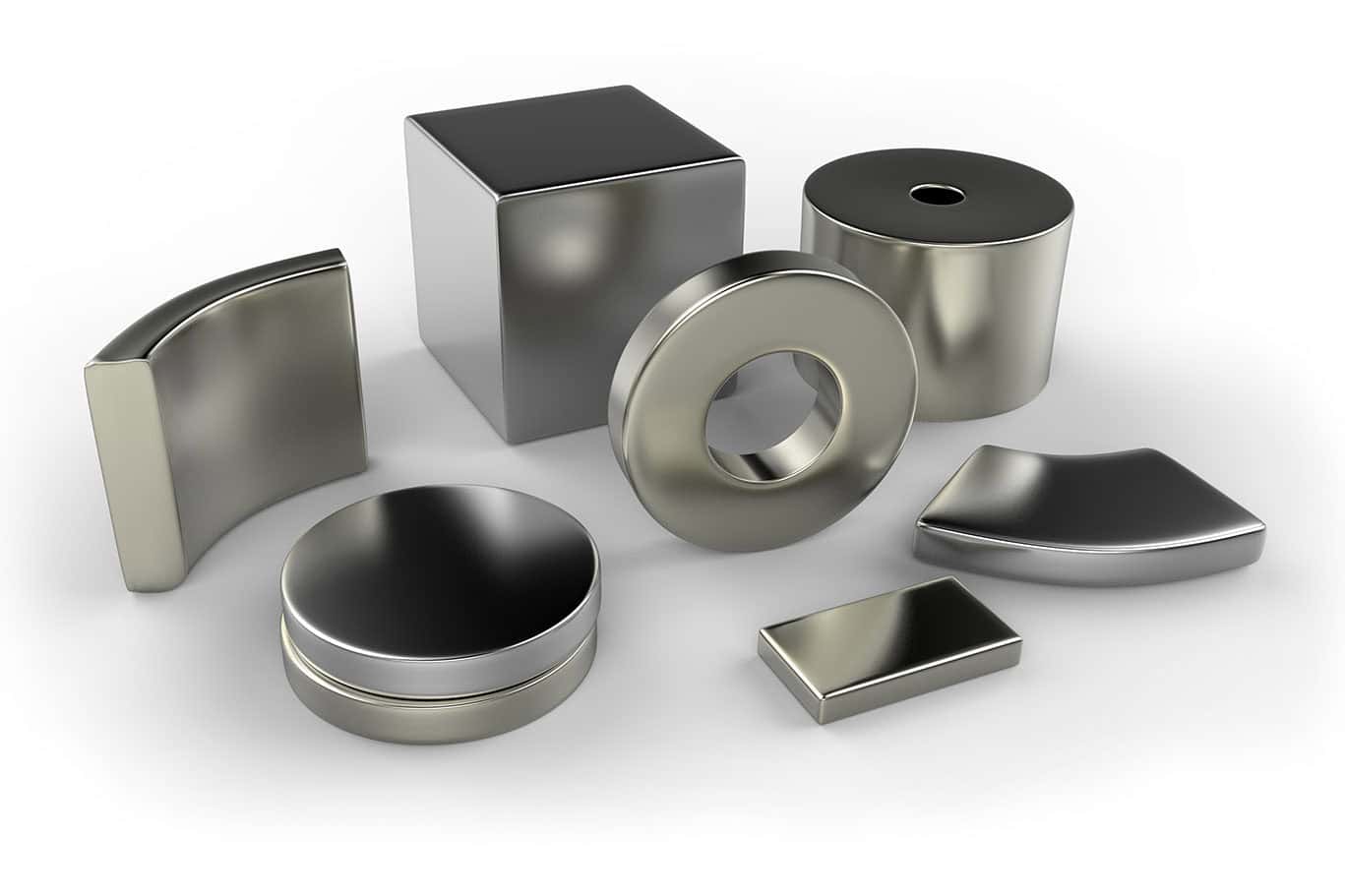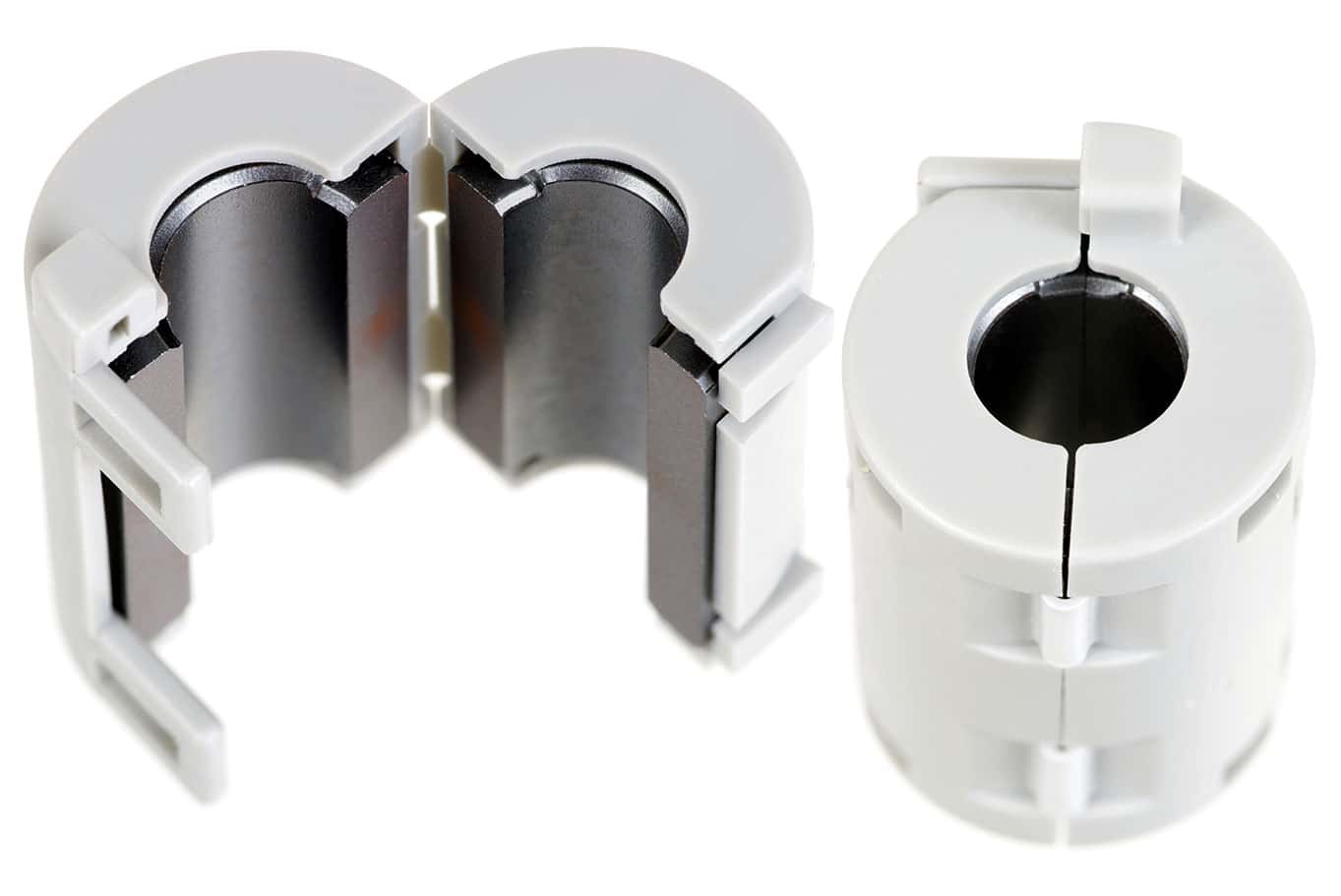Ferrite coils are essential components in electronic circuits, particularly for their ability to manage interference and improve overall circuit performance. With high permeability and excellent noise filtering capabilities, coils are found in everything from power supplies to telecommunications equipment. In this guide, we’ll explore how ferrite coils work, their key benefits, and the ways they boost circuit efficiency.
What is a Ferrite Coil?
A ferrite coil is an inductor made with a ferrite core that helps filter unwanted electromagnetic interference (EMI) and radio frequency interference (RFI) in electronic circuits. Ferrite, a magnetic material composed primarily of iron oxide, is highly effective at suppressing high-frequency noise and stabilizing circuit performance. The addition of coils in a circuit prevents interference that can disrupt signals and cause devices to malfunction.
Key Characteristics of Ferrite Coils
- High Permeability: Excellent at concentrating magnetic fields, which helps suppress EMI.
- Wide Frequency Range: Effective at filtering frequencies across a broad range, particularly high-frequency noise.
- Compact Design: Can be integrated into tight spaces on circuit boards, making them versatile for different applications.
Discover our range of quality ferrite coils here for efficient noise reduction and reliable circuit performance.
How Ferrite Coils Improve Circuit Efficiency
Ferrite coils enhance circuit efficiency by reducing noise, preventing signal degradation, and ensuring stable current flow. Let’s break down the specific ways they accomplish this.
1. Noise Suppression
One of their primary functions is noise suppression. High-frequency noise generated by electronic components can cause interference, disrupting signal integrity. Coils effectively absorb this noise, ensuring that only the desired frequencies pass through. By reducing interference, coils enhance signal quality and allow circuits to function optimally.
2. Increased Energy Efficiency
In circuits with power supplies, they improve efficiency by minimizing energy loss. They act as filters, eliminating unwanted frequencies that can result in heat build-up and energy wastage. This leads to cooler, more energy-efficient devices, ideal for modern electronics where energy conservation is essential.
3. Improved Signal Clarity
Ferrite coils play a significant role in enhancing signal clarity by maintaining the quality of transmitted signals. They act as stabilizers, preventing data loss and distortion, which is crucial in communications equipment and other signal-dependent devices. Clearer signals contribute to higher-quality performance, especially in sensitive applications like audio and telecommunications.
4. Protection for Sensitive Components
Excessive EMI can damage delicate components in electronic circuits, leading to early wear and failure. Ferrite coils act as protective barriers, absorbing interference and reducing the risk of component damage. This protection extends the lifespan of the circuit and prevents costly repairs or replacements.
Common Applications of Ferrite Coils
Ferrite coils are versatile and used in various electronic devices where noise suppression and efficiency are critical. Here are some of the most common applications:
Power Supplies and Transformers
Ferrite coils are integral to power supplies and transformers, where they help filter and stabilize current, allowing devices to operate smoothly and efficiently.
Telecommunications Equipment
In telecommunications, signal clarity is essential. These coils filter unwanted noise, ensuring stable connections and clear signal transmission in devices like modems, routers, and mobile phones.
Audio Equipment
For audio applications, ferrite coils minimize interference that can distort sound quality. High-end audio systems often use coils to maintain sound fidelity, ensuring crisp and clear audio output.
Automotive Electronics
Ferrite coils are widely used in automotive circuits to reduce interference and stabilize electronic systems. They are found in everything from in-car entertainment systems to engine control modules, ensuring that electronic systems function reliably.
For reliable coils designed for a range of applications, browse our collection and find the perfect match for your needs.
Choosing the Right Ferrite Coil for Your Circuit
When selecting a coil, it’s essential to consider your circuit’s specific requirements. Here are a few key factors to keep in mind:
- Frequency Range: Ensure the coil can filter the appropriate frequency range for your application.
- Current Capacity: Choose a coil that can handle the current levels in your circuit without overheating.
- Size and Compatibility: Select a coil that fits your circuit board layout and does not interfere with other components.
- Application Requirements: Some applications, like automotive or industrial, may require high durability and temperature resistance in coils.
Ferrite coils are invaluable for maintaining efficiency, reducing interference, and protecting sensitive components in electronic circuits. By integrating quality coils, you can ensure reliable performance, improve energy efficiency, and achieve clear, stable signals across a range of applications. For a selection of high-quality ferrite coils, visit EMTL’s ferrite collection and enhance your circuit’s capabilities today. Or contact us directly at:
Phone: +44 1462 680689
Email: sales@emtl.co.uk
FAQs
Q1: Can ferrite coils be used in both high and low-frequency applications?
A1: Yes, coils are effective across a wide frequency range, making them versatile for both high and low-frequency applications.
Q2: Do ferrite coils work in high-temperature environments?
A2: Some coils are designed for high-temperature resistance, but it’s essential to verify the coil specifications to ensure suitability for your application.
Q3: Are ferrite coils suitable for automotive electronics?
A3: Yes, coils are commonly used in automotive electronics to filter interference and stabilize circuits in challenging conditions.






